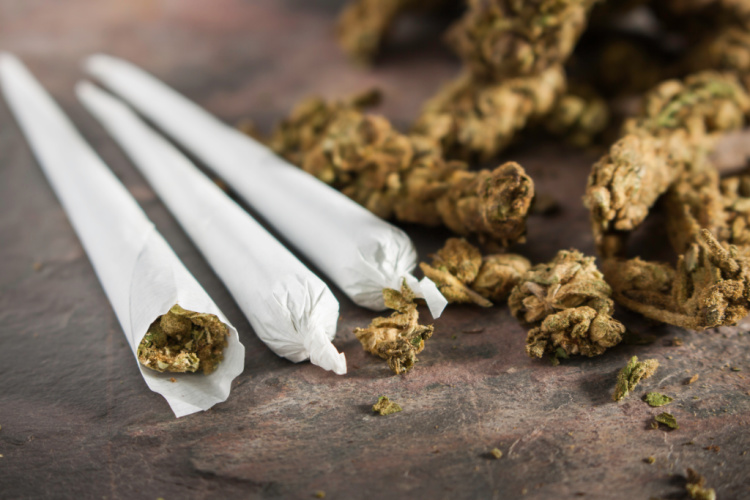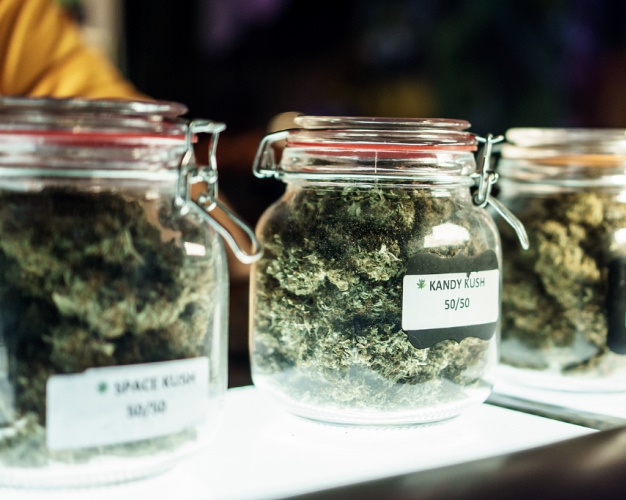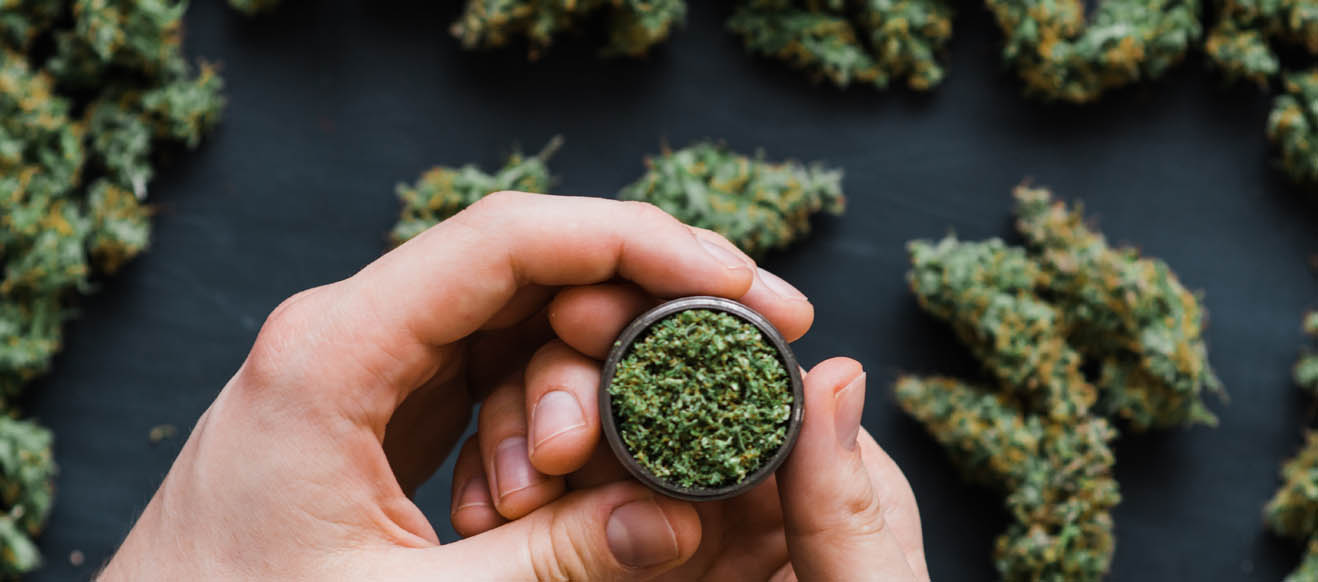Cannabis by the Numbers: Concentrate Sales Up 40% in 2020
From the very start, 2020 was a confusing year. With the recognition that much of the global economy was going to screech to an abrupt halt, many dispensary owner/operators prepared for the worst. But as a growing number of legislators recognized the crucial role dispensaries play in their clienteles’ wellness and self-care regimens, many were designated “essential businesses” and saw strong (even unprecedented) sales as mandatory lockdowns became the norm.
But while, as we’ve written previously, coronavirus has been a boon to cannabis dispensaries, it doesn’t fully account for last year’s jump in concentrate sales. Instead, many industry-watchers believe the trend pegs to a noticeable maturation in the cannabis market. Before we dive into analysis, though, let’s take a moment to digest the data, which was collected from six surveyed states: Arizona, California, Colorado, Michigan, Nevada and Oregon:
Comparing January through November, overall sales of cannabis concentrates rose from $567 million in 2019 to $797 million in 2020
Purchase patterns changed as well, with more customers opting for 1-gram packages in 2020 (96%) compared with 2019 (90%)
The average price of that 1-gram package increased 7.3%, from $18.35 to $19.68. That said, average prices dipped slightly in Oregon (-0.6%) and moderately in Nevada (-8.8%)
Any way you slice it, a 40% jump in sales is a mouthful. What’s behind it? (Hint: It’s not just COVID.)
What’s Driving the Concentrate Boom?

Again, there’s no denying the impact coronavirus has had on the cannabis retail industry (don’t forget to read about how one multistate operator has navigated its challenges). But while it’s possible that the threat of extended lockdowns and self-quarantines drove some consumers to invest in higher potency products such as concentrates, we don’t believe that’s the end of the story.
Instead, many analysts point to the long-awaited maturation of the cannabis market as a major driver. As the novelty of having access to legal cannabis fades, many consumers are turning to concentrates as a natural progression. Potent, shelf-stable, and capable of delivering unprecedented depth of flavor, concentrates in many ways represent the upscaling of the market.
Many advocates compare the push towards a deeper sensory experience with the wine world, where small-scale artisan producers hope to maintain their edge in the premium echelons of the market. And speaking of wine, California cannabis appellations will be here before you know it.
When it comes to concentrates, how much of a market share are we talking about? In an interview with Marijuana Business Daily, Nick Tennant of Michigan-based extraction company Precision Extraction Solutions offered some hard numbers, saying: “We tend to see an 80% – 20% in favor of flower in early markets.” The ratio can go all the way to 65% – 35% “as consumers become more seasoned [and] you see that trend shift.”
The rapid sophistication of cannabis consumers is supported by a concordant boom in technology. Whereas a decade ago the market was dominated and defined by bulky glass dabbing rigs, the past couple of years have seen a bumper crop of portable vaporizers designed for concentrates. These are largely distinct from (and more capable than) simple cartridge-based vape pens, and come in at an accordingly higher price point. All in all, their growing market share drives home a point: Concentrates can only go up in terms of market share. And as they do, we can expect more and more products catering to connoisseurs and other consumers who demand premium products.
Needless to say, we’re keeping an eye on this story. Will concentrates continue their rise through 2021? Check back here early and often for our perspective on this and the other stories that shape our industry.





